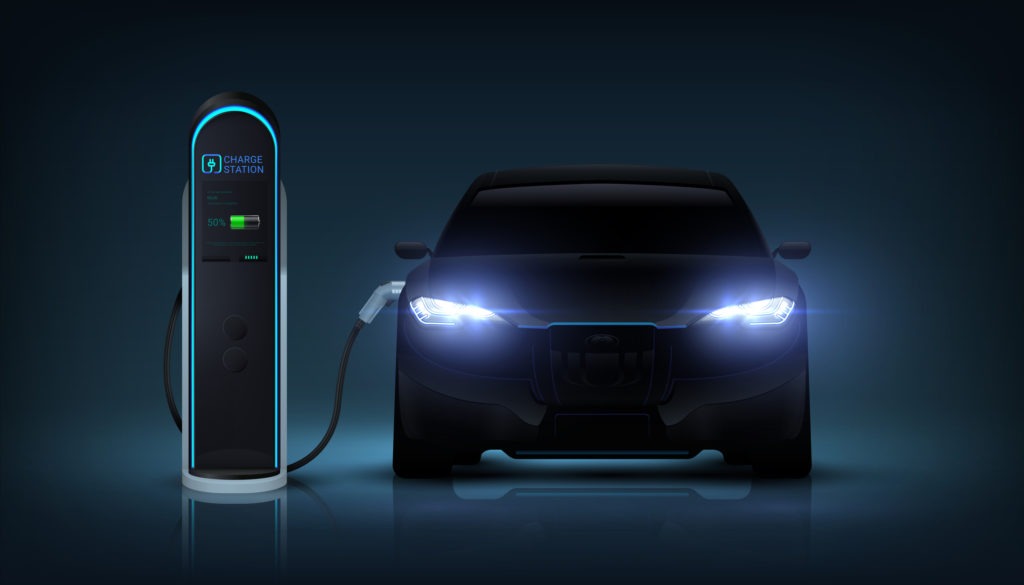Electric vehicles ( E V s ) a r e continuing to redefine the global automotive landscape. According to the Global EV Outlook 2025 released by the International Energy Agency (IEA) on May 14, the world is witnessing record-breaking EV sales, with projections suggesting that more than 25% of all cars sold globally in 2025 will be electric.
This follows a strong performance in 2024, which saw global electric car sales exceed 17 million units, and the total expected to surpass 20 million in the current year. The surge in electric car sales has brought the global EV fleet to an estimated 58 million vehicles, which now represent 4% of the total passenger cars on the road. As a result, EVs displaced over one million barrels per day (mb/d) of oil use in 2024. If current trends continue under the stated policy scenario, that number could rise to over 5 mb/d by the end of this decade. IEA Executive Director Fatih Birol highlighted the significance of this shift, stating, “Despite considerable uncertainty, the electric vehicle market continues to grow at a rapid pace. More than one in every four cars sold this year is expected to be electric, and this trend is picking up momentum in several emerging economies. We expect that by 2030, more than 40% of all cars sold worldwide will be electric.”
While electric cars remain central to global decarbonisation goals, two- and three-wheelers are quietly leading the transition in several regions. These vehicles are especially prominent in countries like India, China, and across Southeast Asia, where they are the mainstay of personal mobility. In 2024, more than 9% of the global twoand three-wheeler fleet was electric. India, in particular, has emerged as a global leader in electric three-wheeler adoption. It overtook China in 2023 to become the largest market for these vehicles and maintained that position in 2024, registering 700,000 new electric three-wheeler sales—a 20% increase over the previous year. This growth has been supported by the PM E-DRIVE scheme (Electric Drive Revolution in Innovative Vehicle Enhancement), which aims to deploy over 300,000 electric threewheelers for commercial use.
When it comes to electric cars, China remains the frontrunner, with nearly 50% of new car sales in the country being electric in 2024. One in ten vehicles on Chinese roads is now electric, backed by years of government support including subsidies and tax exemptions. Although China phased out its direct subsidies in 2022, other incentives, such as a 10% exemption on vehicle purchase tax, continue to drive the market. In 2024, a new trade-in subsidy provided higher incentives for EV buyers, with estimated government expenditure reaching \$2.7 billion. At the same time, emerging economies in Asia and Latin America have shown impressive growth. Electric car sales in these regions rose by over 60% in 2024, reaching nearly 600,000 units—roughly equivalent to Europe’s total sales five years ago.
However, not all regions are experiencing the same momentum. In the United States, growth in electric car sales slowed to just 10% in 2024, compared to a 40% increase in 2023. Europe’s electric car market remained flat, recording the same share of total car sales as the previous year. Among the 27 EU member states, only 14 saw an increase in EV market share, while others— particularly Germany and France—witnessed stagnation or declines. Policy frameworks continue to play a crucial role in EV adoption, with variations in incentives, taxes, and regulations shaping market dynamics. In Europe, the phase-out of subsidies has affected consumer interest in some countries.
Germany’s decision to completely withdraw its €4,500-per-vehicle subsidy in December 2023 led to a 4-percentage-point drop in EV sales share in 2024. France has gradually reduced subsidies, now restricting bonuses for high-income buyers and narrowing the range of eligible vehicles. The European Union’s carbon dioxide (CO2) standards for vehicles, which introduce new targets every five years, may also have discouraged manufacturers from boosting EV sales in 2024, as firms anticipate stronger regulations from 2025 onward. In contrast, the UK has seen continued growth in electric car sales despite ending all subsidies in 2022. This has been supported by the implementation of vehicle emissions trading schemes and attractive tax rebates for company cars, which comprised about 60% of total new car registrations in 2024. The United States introduced a revised Clean Vehicle Tax Credit at the beginning of 2024, offering buyers immediate discounts of up to \$7,500 for new EVs and \$4,000 for used ones. However, only about 20 out of 110 EV models on the market qualified, limiting its reach. A major policy shift came in January 2025, when President Donald Trump signed Executive Order 14154 directing federal agencies to reconsider pro-EV policies.
New legislation is in progress to scrap the Clean Vehicle Tax Credit, which could further dampen the U.S. market. Emerging economies in Latin America, Asia, and Africa have largely maintained growth through a combination of policy incentives and import restrictions. For example, Colombia and Costa Rica doubled electric car sales in 2024 thanks to tax relief. Ethiopia’s ban on new petrol and diesel car imports, introduced in early 2024, spurred deployment of over 100,000 EVs. However, the IEA notes that while EV availability in Ethiopia is reasonable, challenges remain—especially in sourcing spare parts and building sufficient charging infrastructure outside major cities. With the EV market maturing, government subsidies are becoming a smaller part of the overall investment landscape. In 2024, public spending accounted for under 7% of total EV sales value, a sharp decline from 20% in 2017. This shift reflects both a growing market and increased affordability of electric vehicles for consumers. As global EV sales continue to climb, the IEA report concludes that sustained momentum, especially in emerging markets, hinges on consistent policy support, infrastructure investment, and strategic innovation.
